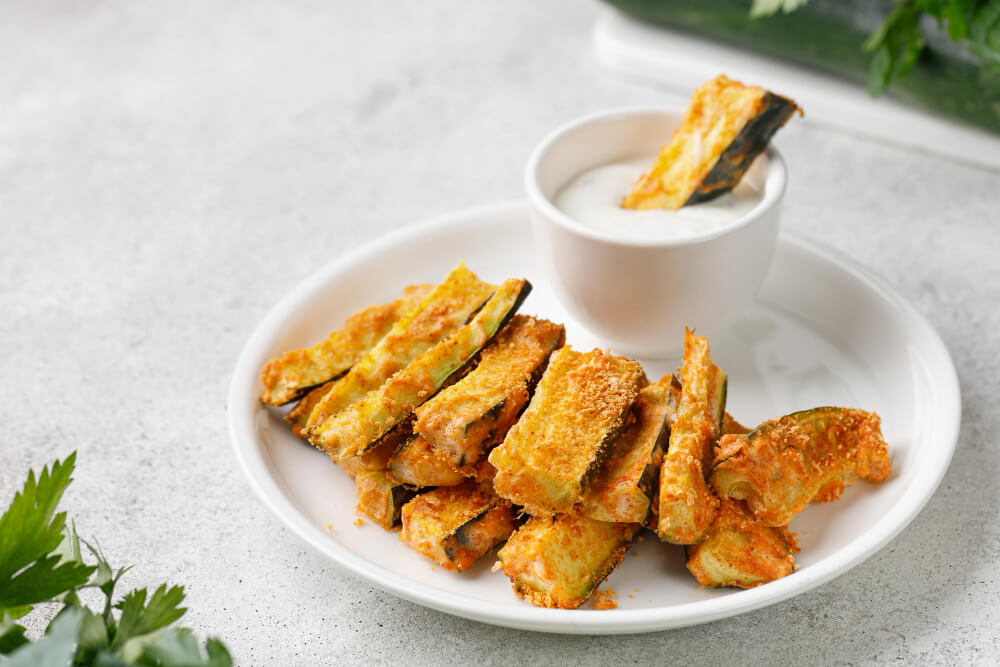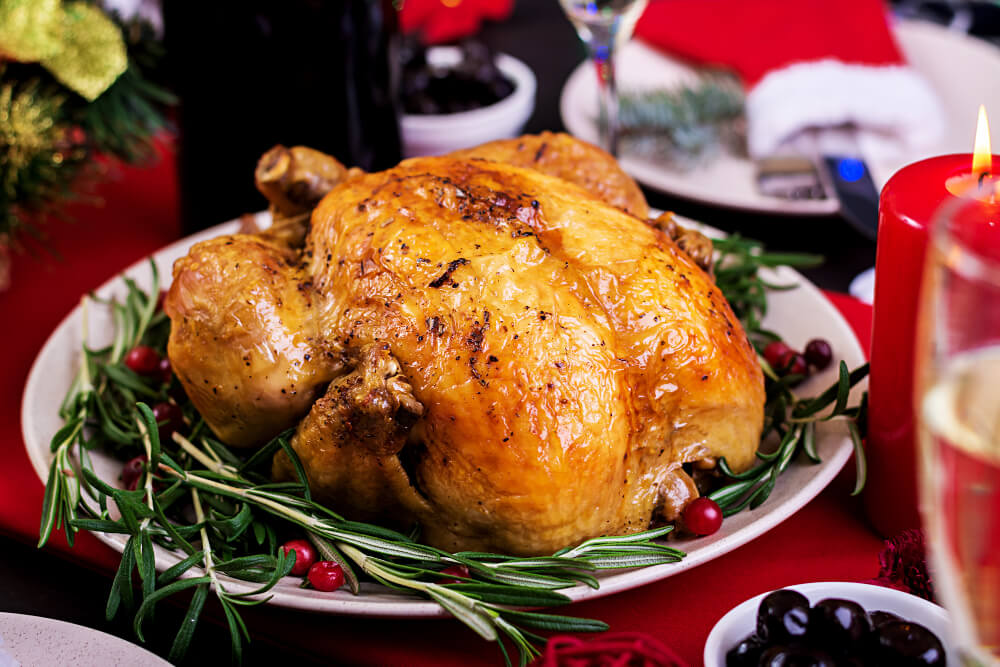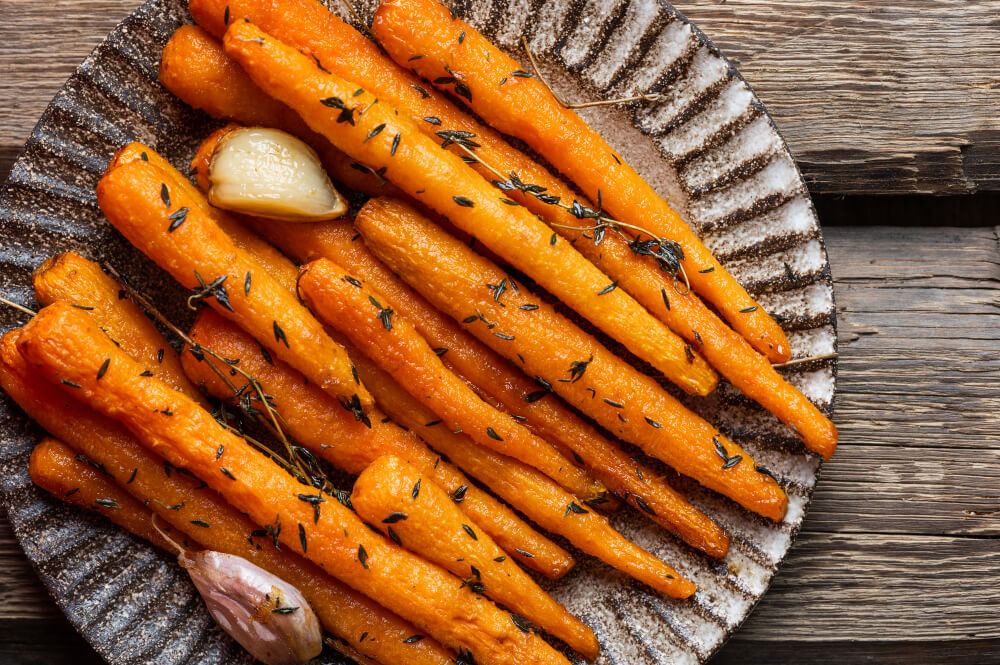
How Long to Smoke Ribs - The Short Version
The recommended smoking time for ribs is typically 4-6 hours at a temperature of 225-250°F (107-121°C). However, the exact time can vary depending on factors such as the size of the ribs, the type of smoker being used, and personal preferences for doneness.
It's important to monitor the internal temperature of the meat using a meat thermometer to ensure it reaches a safe temperature of 145°F (63°C) for pork.
Cook time is critical in smoking ribs, as it can make or break the final result. The type of ribs you're smoking will determine the optimal cook time. For example, baby back ribs will typically require less time than a rack of ribs.
However, other factors, such as whether to wrap the ribs in
Understanding the Different Types of Ribs

When it comes to smoking ribs, there are several types to choose from, each with unique characteristics. Understanding the differences between these types of ribs is crucial in determining the optimal cook time and preparation for each one. Here are the main types of ribs you'll come across:
Baby Back Ribs
Baby back ribs are smaller and leaner than other ribs, making them a popular choice among grillers. They come from the upper part of the pig's ribcage, and each rack usually contains around 10-13 ribs. Baby back ribs have less fat content and meat thickness, making them cook faster than other ribs. They're tender and have a slightly sweeter flavor than other ribs.
St. Louis Style Ribs
St. Louis-style ribs are cut from the pig's lower part's ribcage and are larger than baby back ribs. They have a higher fat content, making them more flavorful and juicy. St. Louis-style ribs are trimmed to remove the cartilage and sternum bone, resulting in a more uniform shape and making them easier to cook evenly.
Spare Ribs
Spare ribs are cut from the belly of the pig and are the meatiest type of ribs. They're larger than baby back and St. Louis-style ribs and contain more fat, making them ideal for longer smoking times. They're also thicker and have more connective tissue than other types of ribs, making them more challenging to cook. Spare ribs can be trimmed into St. Louis-style ribs, which are easier to handle.
Short Ribs
Beef short ribs or pork ribs are rib cut from the plate in the animal's lower chest area. Short ribs are different from other ribs because they contain both meat and bone and are thicker and wider than other types of ribs. They have a rich, beefy flavor and require a longer cooking time to break down the connective tissue and achieve tenderness.
When comparing these types of ribs, baby back ribs are the leanest and have less fat content, which means they cook faster and have a slightly sweeter taste. St. Louis-style ribs are meatier and more uniform in shape, making them easier to cook evenly, while spare ribs are the meatiest and fattiest, requiring longer smoking times to break down the connective tissue and achieve tenderness. Short ribs are thicker, and wider and contain meat and bone, making them ideal for slow-cooking methods like smoking or braising. They have a rich, beefy flavor and require longer than other types of ribs to achieve the desired level of tenderness.
In terms of which is the best, it really comes down to personal preference. Baby back ribs are a favorite for those who prefer a leaner cut of meat, while St. Louis-style ribs are perfect for those who prefer a meatier and juicier cut. Spare ribs are a good choice for those who like a lot of meat and don't mind a bit of extra fat. Short ribs are ideal for those who love a rich, beefy flavor and don't mind a longer time. Ultimately, the type of ribs you choose will depend on your taste preference, cooking style, and desired result.
Preparing Ribs for Smoking

Once you have chosen the type of ribs you want to smoke, it's time to prepare them for the smoker. Proper preparation is key to achieving tender and flavorful ribs. Here are some pre-smoking preparation tips to help you get your ribs ready for smoking:
Pre-Smoking Preparation:
-
Trimming: Before smoking your ribs, it's essential to trim any excess fat and remove the membrane from the back of the ribs. Removing the membrane helps the ribs cook more evenly, allowing the seasoning to penetrate the meat better.
-
Seasoning: There are countless ways to season your ribs, and it all comes down to your preference or if you have a rib recipe of your choice. Some popular seasoning options include dry rubs, marinades, and brines. Whatever seasoning you choose, make sure to apply it generously to both sides of the ribs and rub it in thoroughly.
-
Resting: Once you've seasoned your ribs, let them rest for at least 30 minutes to allow the flavors to penetrate the meat fully.
Methods for Ensuring Ribs are Ready for Smoking:
- Preheat the Smoker: Start by preheating your smoker to the desired temperature. It's essential to have your smoker heated and ready to go before adding your ribs.
-
Aluminum Foil : Wrapping your ribs infoil during smoking is a popular method for achieving tender ribs. Wrapping your ribs in foil helps lock in moisture, allowing the ribs to steam and cook more evenly. - Temperature Control: It's essential to keep a close eye on the temperature inside your smoker throughout the smoking process. Aim to keep the temperature between (225 degrees Fahrenheit and -250 degrees Fahrenheit. After your place the ribs at 225°F, the temperature will drop for some time. Add more fuel to the smoker to maintain the heat. This is the same, even if you prefer to smoke ribs in an electric smoker. If you have a charcoal grill, simply add more charcoal.
- Check for Doneness: One of the most important things to remember when you want to cook ribs in a smoker or grill is to check for doneness regularly. A general rule of thumb is to smoke ribs for about 5-6 hours, depending on the type of ribs you're smoking and their thickness. To check for doneness, use a meat thermometer to ensure the internal temperature of the ribs has reached at least 190°F. Another way to check is to pick up the ribs with tongs, and if they bend easily and the meat begins to pull away from the bone, they are done.
The Smoking Process

The smoking process is where the magic happens. Maintaining a consistent temperature is essential to ensure your ribs cook evenly and develop a delicious smoky flavor. Here are some tips for achieving the perfect smoked ribs:
Importance of Maintaining a Consistent Temperature:
Maintaining a consistent temperature throughout the smoking process is crucial for tender and flavorful ribs. Aim to keep the temperature between 225-250 degrees Fahrenheit. Fluctuations in temperature can lead to uneven cooking and dry, tough ribs.
Explanation of the 3-2-1 Method:
The 3-2-1 method is a popular technique for smoking ribs, resulting in fall off the bone tender meat. Here's how it works:
- 3 hours: Smoke pork ribs or beef ribs for the first 3 hours uncovered. This allows the smoke to penetrate the meat and develop a smoky flavor.
- 2 hours: After the first 3 hours, remove the ribs from the smoker and wrap them in foil. Add a small amount of liquid, such as apple juice or beer, to the foil packet to help steam the ribs. Return the ribs to the smoker and smoke for an additional 2 hours.
- 1 hour: After the second 2 hours, remove the foil from the ribs and return them to the smoker uncovered. Smoke for an additional hour and let the ribs develop a crispy exterior in the process.
The 321 ribs method is a great starting point for smoking ribs, but remember that factors such as rib thickness and desired tenderness can affect the cooking time.
- Rib Thickness: The ribs' thickness is one factor affecting the cooking time. Thicker ribs require more time to smoke than thinner ones.
- Desired Tenderness: The level of tenderness is another factor that determines the cooking time of the ribs. Add extra time to the foil-wrapped part of the 3-2-1 method for fall-off-the-bone tender ribs. However, reduce the foil-wrapped part of the method for firmer texture ribs.
- 321 Ribs: While the 3-2-1 method is popular, it may not work well for every rib recipe. Therefore, it's important to adjust the method as needed to achieve the desired results. Experiment with different smoking techniques and recipes to find what works best for your ribs.
- Let the Ribs Rest: Once they are done, remove them from the smoker and rest for 10-15 minutes before cutting into them. This allows the juices to redistribute, and the ribs remain juicy and tender.
How to Check for Doneness
Here are some ways to determine if your ribs are ready to come off the smoker:
Bend Test
This method involves picking up the rack of ribs with tongs and gently bending it. If the ribs start to crack slightly, it indicates they are done.
Meat Thermometer
A meat thermometer is more accurate in determining doneness. For baby back ribs, the internal temperature should be between 180-190°F, while for spare ribs, it should be between 190-203°F.
Other signs of Doneness
There are other signs to look for to determine if they are done. These include:
-
The meat should pull away from the bone slightly.
-
The meat should be tender but not falling apart.
-
The ribs should have a slight crust on the surface.
-
The juices should run clear when cut into the thickest part of the meat.
Resting and Serving
Congratulations! You've successfully smoked a rack of delicious ribs and learn different things about how long to smoke ribs and more. Now it's time to enjoy them. But before you dive in, it's essential to let the ribs rest for a few minutes. This allows the juices to redistribute, resulting in tender and juicy ribs. Let the ribs rest for at least 10-15 minutes before serving for best results.
Now that your ribs have rested, it's time to serve them up. Here are some serving suggestions and side dishes to complement your smoked ribs:
-
Corn on the Cob: Grilled or boiled, corn on the cob is a classic side dish that pairs perfectly with ribs.
-
Baked Beans: Sweet and savory baked beans are a staple at any BBQ and complement the smoky flavor of ribs.
-
Coleslaw: A crunchy and refreshing coleslaw is an excellent side dish to balance the richness of the ribs.
-
Potato Salad: Creamy and tangy potato salad is a great accompaniment to ribs.
-
Mac and Cheese: A cheesy and comforting mac and cheese is a crowd-pleasing side dish that will have everyone asking for seconds.
If you have leftovers, don't worry; there are ways to store and reheat them to maintain their deliciousness. Here are some tips for storing leftover ribs:
-
Refrigerate the ribs within 2 hours of cooking.
-
Store the ribs in an airtight container or wrap them tightly in
aluminum foil . -
Use the leftover ribs within 3-4 days.
-
Reheat the ribs in the oven at 250°F for 20-30 minutes or until heated.
-
Avoid using the microwave, as it can dry out the ribs.
Conclusion
Smoking ribs is a time-honored tradition that requires patience, dedication, and a love for good food. To recap our article about how long to smoke ribs, we've covered everything you need to know to smoke the perfect rack of ribs, from choosing the right type of ribs to adjusting cook time and checking for doneness.
So, don't be intimidated by the smoking process; try it yourself. With some practice and experimentation, you'll be smoking mouthwatering ribs that everyone will love. Remember, smoking ribs is about having fun and enjoying the process, so get your smoker fired, grab a cold drink, and let the smoking begin!
Also don't forget to check our collection of handcrafted wooden cutting boards, made with love and care in Montreal, Canada.



